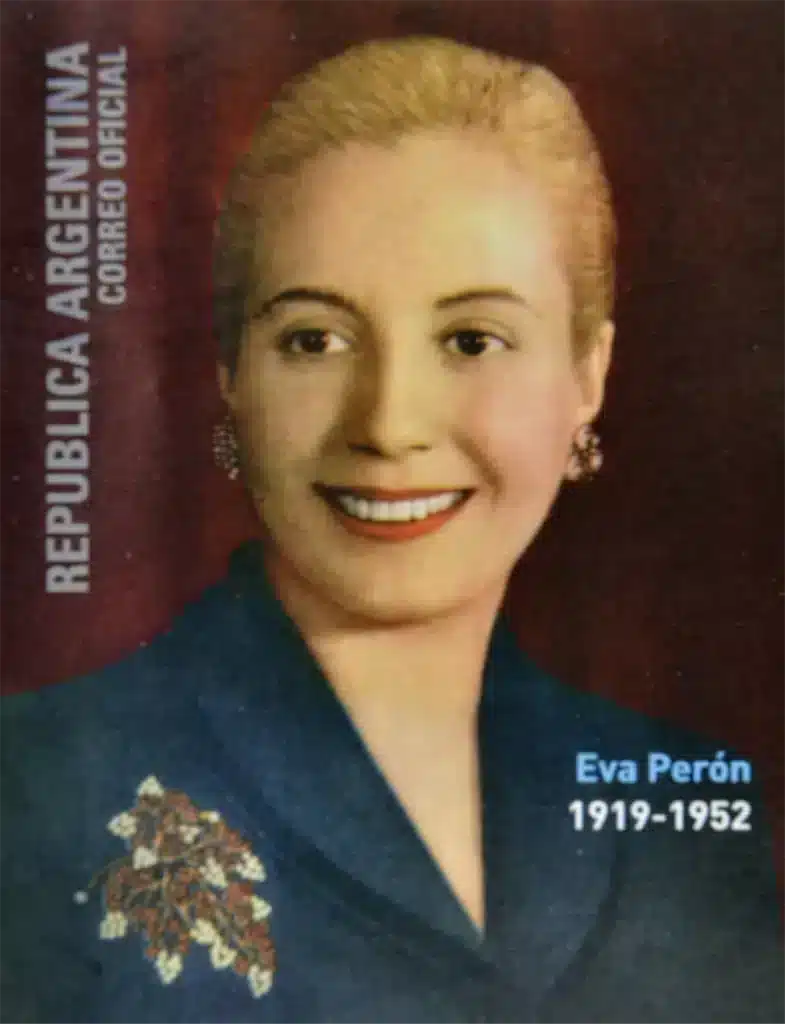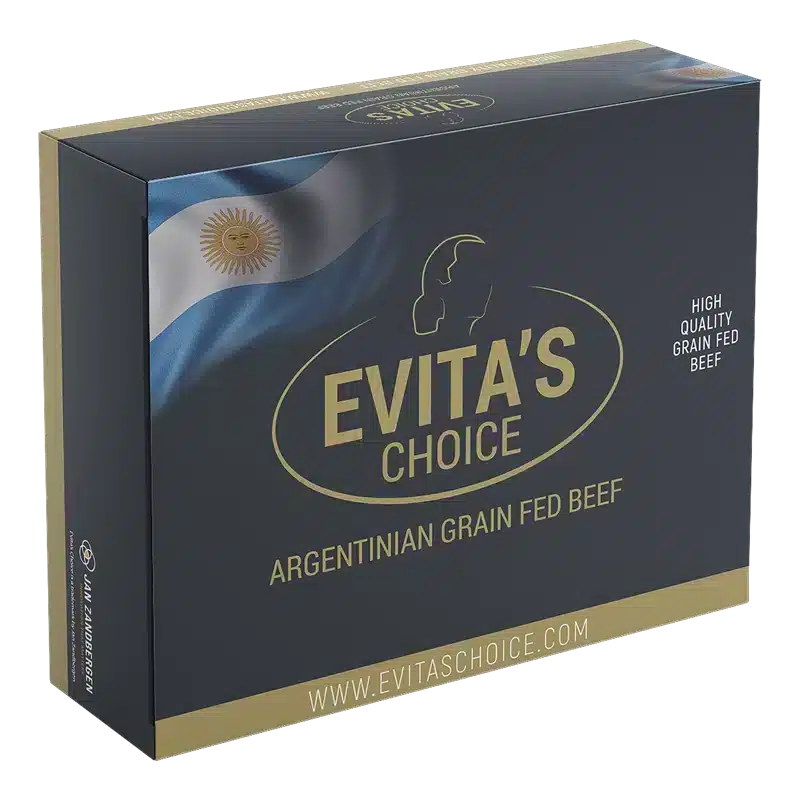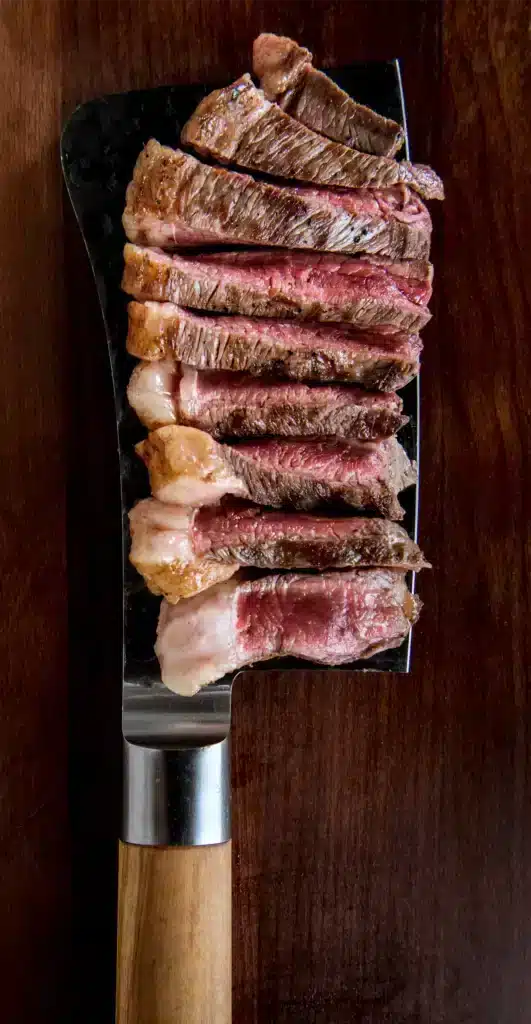Bobinestraat 29
3903KE Veenendaal
The Netherlands
+31 (0)318 563 563
info@evitaschoice.com
Eva Perón (1919 – 1952) was affectionately referred to as Evita. She was a prominent Argentine First Lady with tremendous charisma. She came from humble origins and managed to gain the trust of the poor and the working class. She made a significant contribution to Argentine society through her established foundation. Her political influence and popularity grew over the years, making her the most powerful woman in Argentina. The myth-building around her persona has persisted to this day. Evita remains an icon of Argentina, which is why we chose Evita as the name of our brand.

Argentinian beef belongs to the highest quality beef in the world. Ask someone to name three words associated with Argentina. We assure you: beef will be one of them. That’s how intertwined meat is with Argentina’s culture. You haven’t had steak until you’ve eaten in one of the many famous ‘parrillas’: traditional meat restaurants. With Evita’s Choice we bring this meat to you.
The immense space and fertile soil makes cattle farming in Argentina easy to explain. The subtropical natural pastures known as pampas create ensures great living conditions for the cow that graze on it, which results in the most tasty and tender meat.
Within Evita, we distinguish four different breeds from which our beef is sourced: Hereford, Angus, Braford & Brangus.
In the last few centuries, the emphasis was purely on typical meat breeds like Angus and Hereford. However, due to the rising demand for high quality beef, two successful crossbreeds were developed by crossing the Hereford and Angus with the Brahman breed to create the Braford and Brangus breeds. The Brahman originated in Southwest Asia and is well known for its sturdiness and ability to thrive in hot weather conditions.
Crossbreeding the classic meat breeds Hereford and Angus with the Brahman results in cows that combine the best qualities of the original breeds: one that can thrive in many climates and produces excellent quality beef.


The cattle for the meat of Evita’s Choice live in complete freedom for more than 26 months on the grand pampas. The herd feeds on what the rich nature has to offer, which is a combination of fresh grass, herbs and flowers. Gauchos (farmers) keep an eye on things, but let the cows do exactly what they want for most of the time. The freedom of movement and their varies diet ensures healthy blood circulation and muscle mass; the basis for firm yet tender meat. After life on the pampas, the cattle go to special wide-set feedlots. For a period of at least 100 days, they receive a special diet with grain as the main ingredient. Nutrition, health and well-being are closely monitored here. The grain diet provides balanced extra “intra-muscular” fat. This is reflected in the beautiful fat veining of the meat. This marbling provides extra flavour.
The race, the environment, and the diet: the three pillars that make Argentine meat of world quality. The careful breeding policy, the temperate climate on the seemingly endless pampas, the abundant grass, and the grain finishing all adhere to these three fundamental pillars. The entire chain from farm to fork meets the highest quality standards in both Argentina and the European Union. Thus, our meat is entirely transparent and traceable. This begins with assigning a unique electronic code to each animal, enabling its tracking throughout all stages of the production process. This ensures identification and guarantees the qualitative origin of our beef.

In response to the growing demand for high quality beef, selective crossbreeds were developed. Most of the meat Evita’s supplies comes from these highly versatile and resistant breeds: Braford and Brangus. These breeds originated from crossing the Brahman breed with the Hereford and Angus breeds, which combines the qualities of these successful breeds that results in an animal that thrives in many climates, has good resistance and produces excellent quality beef.
– Excellent cross-breeds
– 26 months living on pampas
– 100+ days grain-fed

Because of the superior living conditions in Argentina and the craftsmanship of the local butchers, who have years of experience in working with Argentine meat, we can offer premium quality Angus meat. The Angus breed is one of the most popular breeds of this moment, well known for its distinctive black colour, and highly marbled and tender meat. Like all our beef, Premium Angus was grain-fed for at least 100 days to ensure the highest quality.
– 100% Angus Beef
– 26 months living on pampas
– 100+ days grain-fed

Bobinestraat 29
3903KE Veenendaal
The Netherlands
+31 (0)318 563 563
info@evitaschoice.com